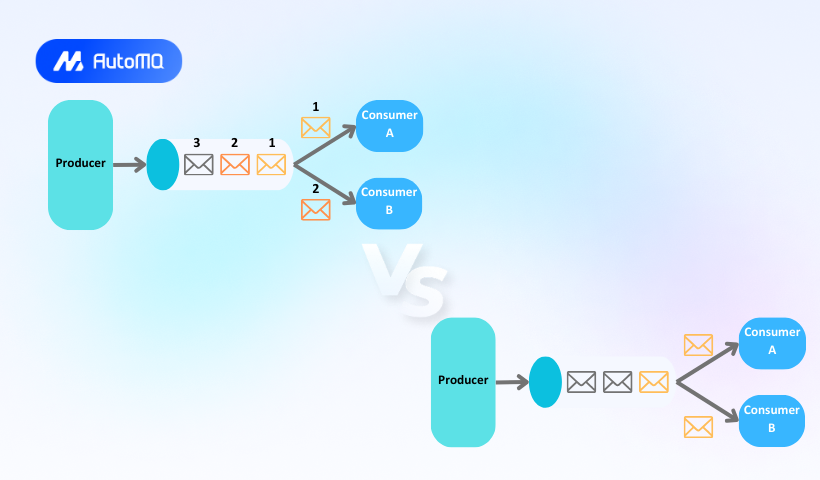Overview
In today's data-driven landscape, efficiently managing information flow between distributed systems has become paramount. Two popular approaches for handling data flow are Message Queuing and Event Streaming. While they may appear similar on the surface, they serve different use cases and have distinct architectural designs. This comprehensive guide examines the key differences, implementation strategies, and best practices for both technologies.
Understanding Message Queuing
Message queuing is a communication mechanism that enables different parts of a system to send and receive messages asynchronously. It acts as an intermediary that temporarily holds messages sent from producers and delivers them to consumers[6]. The defining characteristic of message queues is that they allow components to communicate without being directly aware of each other, creating a decoupled architecture.
Core Components of Message Queues
Message queuing systems typically consist of several key elements:
Producer/Publisher : The entity that sends messages to the queue[6]
Consumer/Subscriber : The entity that reads and processes messages from the queue[6]
Queue : The data structure that stores messages until they are consumed[6]
Broker/Queue Manager : The software that manages the queue and ensures proper message routing[6]
Message : The unit of data being sent, containing both payload and metadata[6]
How Message Queues Work
The basic workflow of a message queue follows these steps:
Message Creation : A producer generates a message containing necessary data
Message Enqueue : The producer sends the message to the queue where it's stored
Message Storage : The queue stores the message until a consumer retrieves it
Message Dequeue : A consumer pulls the message from the queue for processing
Message Acknowledgment : After successful processing, the consumer acknowledges receipt, and the message is typically removed from the queue[8]
Depending on the queue's configuration, messages can be consumed in order, based on priority, or even in parallel[6].
Popular Message Queue Systems
Several established message queue systems are widely used in production environments:
RabbitMQ : Robust message broker supporting multiple messaging protocols[5][8]
Apache ActiveMQ : Open-source message broker with cross-language clients and protocols[15]
NATS : High-performance messaging system designed for cloud native applications[15]
IBM MQ : Enterprise-grade messaging solution with strong security features[12]
Understanding Event Streaming
Event streaming involves capturing and processing real-time events or data records as they occur[12]. Unlike traditional message queues, event streaming platforms excel in handling vast volumes of data with low latency, making them indispensable for applications requiring instantaneous insights from continuous data streams.
Core Components of Event Streaming
Event streaming architectures typically include:
Event Producer : Application or service that generates events
Event Stream : Continuous flow of time-stamped events or records
Stream Processor : Software that transforms, aggregates, or analyzes events
Event Consumer : Application that reads and reacts to events
Event Store : Persistent storage that maintains the stream of events for a defined period
How Event Streaming Works
Event streaming architecture has two key elements: data storage and data processing[7]. The storage function captures event data as it is generated and saves each action with a timestamp. Thanks to the continuous nature of event streaming, these data points can be processed in real-time as they arrive at downstream tools[7].
Event streams are typically processed using stream processing frameworks that provide capabilities for filtering, transforming, joining, and aggregating events as they flow through the system[9].
Popular Event Streaming Platforms
The market offers several mature event streaming platforms:
Apache Kafka : The de facto standard for high-throughput distributed streaming[2][12]
AutoMQ : The unique source available Kafka® implementation built on object storage. Offering low-latency writes, multi-AZ, stateless brokers, and no cross-AZ traffic charges.
Amazon Kinesis : AWS-native service for real-time streaming data processing[5]
Confluent Platform : Enterprise distribution of Kafka with additional features[2]
Key Differences Between Message Queuing and Event Streaming
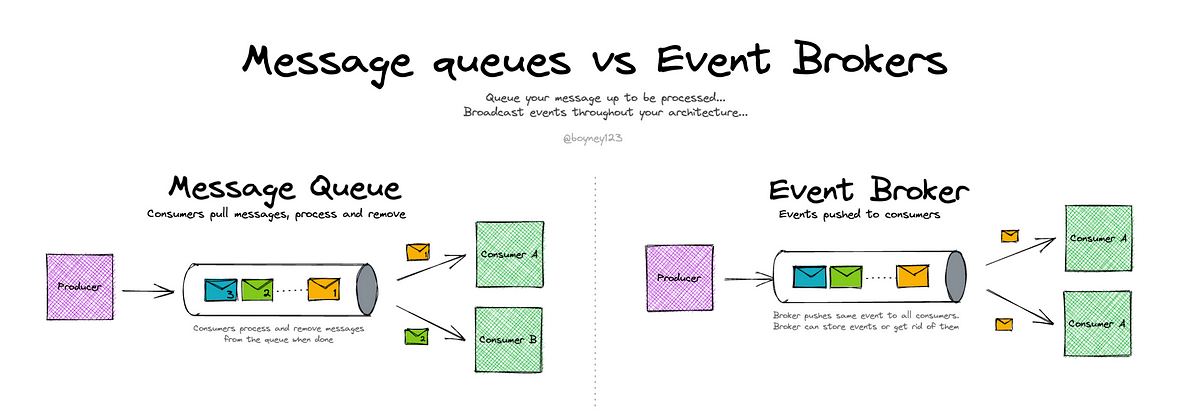
| Feature | Message Queuing | Event Streaming |
|---|---|---|
| Purpose | Point-to-point communication and task distribution | Real-time data processing and analytics |
| Message Consumption | Messages are removed after consumption | Events are retained for a specified period, allowing replay[1][15] |
| Communication Model | Primarily point-to-point (one producer to one consumer) | Publish-subscribe (one producer to many consumers)[1][15] |
| Persistence | Usually until delivery or expiration | Events are stored for a defined retention period[15] |
| Data Ordering | Typically FIFO (First In, First Out) | Maintains order within partitions across multiple consumers[15] |
| Throughput | Moderate, optimized for reliability | High, designed for massive volumes of data[15] |
| Scalability | Vertical and limited horizontal scaling | Designed for horizontal scalability[15] |
| Complexity | Generally straightforward | More features and configuration options[15] |
| Use Cases | Task processing, workload distribution | Real-time analytics, event-driven architectures[1] |
Implementation and Configuration Best Practices
Message Queue Configuration
To optimize message queue performance:
Queue Size Management : Configure appropriate queue size limits to prevent memory issues during traffic spikes
Message Expiration : Set Time-To-Live (TTL) for messages to avoid queue buildup
Consumer Acknowledgments : Implement proper acknowledgment mechanisms to ensure message delivery
Persistent Storage : Configure disk-based storage for critical messages to prevent data loss[8]
Load Balancing : Distribute consumers evenly to prevent bottlenecks[11]
Event Streaming Configuration
For effective event streaming implementation:
Partition Strategy : Design appropriate partitioning to ensure parallelism and message ordering
Retention Policy : Configure data retention based on business requirements and available storage
Replication Factor : Set an appropriate replication factor (typically 3) to balance between durability and performance[9]
Batch Size : Optimize producer batch sizes to improve throughput[10]
Consumer Group Design : Structure consumer groups based on processing requirements
When to Use Which Technology
Message Queuing is Ideal For:
Task Distribution : When you need to distribute work items among multiple workers
Guaranteed Delivery : When each message must be processed exactly once
Decoupling Systems : When you need to reduce dependencies between components
Order Processing : When sequential processing is critical, such as in e-commerce order flows[15]
Load Leveling : When handling variable workloads and preventing service overload
Event Streaming is Best For:
Real-time Analytics : When you need immediate insights from data streams
Multiple Consumers : When multiple systems need access to the same data
Event Sourcing : When maintaining a complete history of all state changes is important
High-volume Data : When processing massive amounts of data continuously
IoT Applications : When collecting and analyzing sensor data in real-time[15]
Hybrid Approaches
Modern systems often benefit from using both technologies together[16]. For example:
Use event streaming for collecting and distributing real-time data
Use message queues for reliable task execution based on that data
Apache Kafka 4.0 is introducing queue support via Share Groups, blurring the line between these technologies[2][3]
Common Challenges and Solutions
Message Queue Challenges
Reliability Issues : Network problems and system failures can disrupt message delivery[11]
Data Loss : Software bugs or hardware failures may lead to message loss[11]
Scalability Concerns : Handling high volumes can create bottlenecks[11]
Latency Impact : Queue congestion can affect real-time system performance[11]
Solutions :
Implement redundancy and acknowledgment protocols
Use persistent storage for critical messages
Monitor queue lengths and performance metrics
Apply load balancing and dynamic scaling[11]
Event Streaming Challenges
Data Consistency : Ensuring event order and processing semantics
Managing Large Event Streams : High volumes can strain resources
Monitoring Complexity : Tracking system health across distributed components
Schema Evolution : Handling changes in event structure over time
Solutions :
Implement idempotent consumers for exactly-once processing
Optimize Kafka configurations for high volumes (partitions, compression)[9][10]
Use comprehensive monitoring tools like Prometheus and Grafana[9]
Employ schema registries and compatible evolution strategies
Conclusion
Both message queuing and event streaming serve vital roles in modern distributed architectures. Message queues excel at reliable point-to-point communication and task distribution, while event streaming platforms shine in real-time data processing and analytics scenarios.
The choice between these technologies depends on your specific requirements:
Choose message queues when you need guaranteed delivery for discrete tasks
Choose event streaming when you need real-time processing of continuous data flows
Consider hybrid approaches when your system has diverse needs
As systems evolve, the lines between these technologies continue to blur, with platforms like Apache Kafka introducing queue-like features[2][3]. Understanding the fundamental differences and appropriate use cases will help you design more effective and resilient distributed systems.
By carefully considering your application's requirements and applying the best practices outlined above, you can leverage these powerful technologies to build scalable, resilient, and high-performance data pipelines.
If you find this content helpful, you might also be interested in our product AutoMQ. AutoMQ is a cloud-native alternative to Kafka by decoupling durability to S3 and EBS. 10x Cost-Effective. No Cross-AZ Traffic Cost. Autoscale in seconds. Single-digit ms latency. AutoMQ now is source code available on github. Big Companies Worldwide are Using AutoMQ. Check the following case studies to learn more:
Grab: Driving Efficiency with AutoMQ in DataStreaming Platform
Palmpay Uses AutoMQ to Replace Kafka, Optimizing Costs by 50%+
How Asia’s Quora Zhihu uses AutoMQ to reduce Kafka cost and maintenance complexity
XPENG Motors Reduces Costs by 50%+ by Replacing Kafka with AutoMQ
Asia's GOAT, Poizon uses AutoMQ Kafka to build observability platform for massive data(30 GB/s)
AutoMQ Helps CaoCao Mobility Address Kafka Scalability During Holidays
JD.comx AutoMQ x CubeFS: A Cost-Effective Journey at Trillion-Scale Kafka Messaging
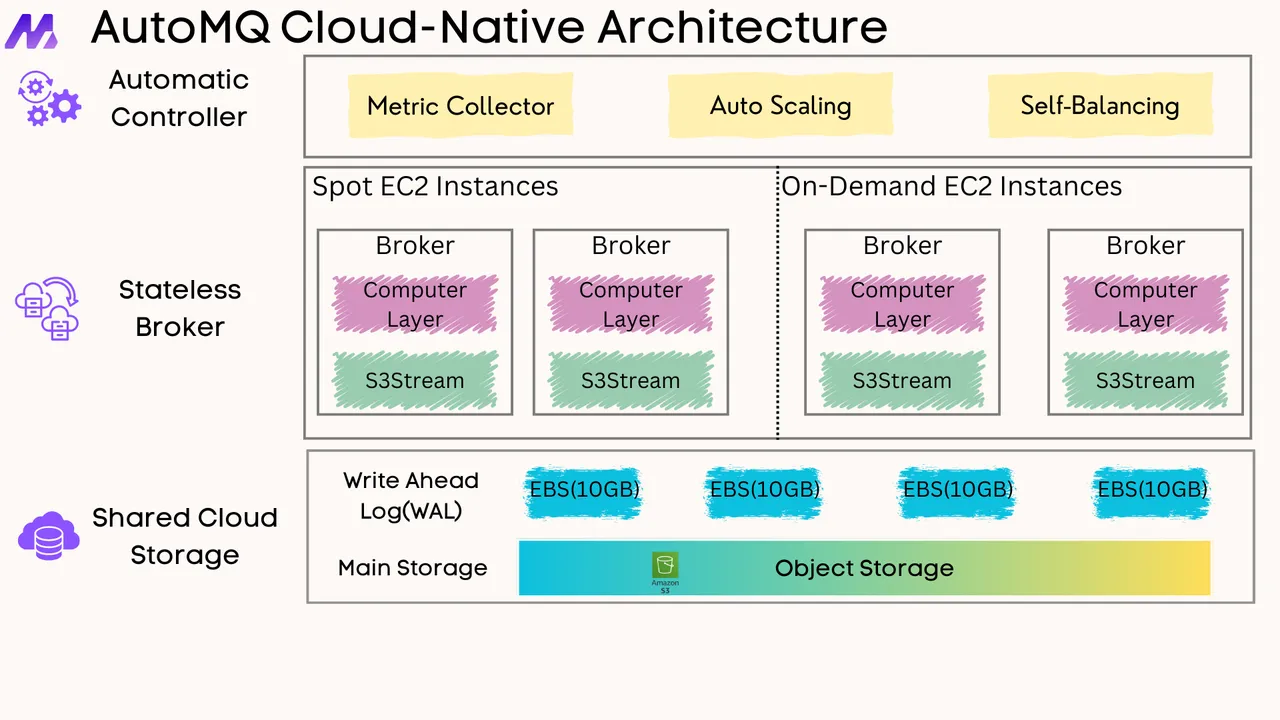
References
[1] Message Queues vs Event Streams: Key Differences
[2] Queues on Kafka
[3] Queue Support in Apache Kafka 4.0 via Share Groups
[5] Complex Tools & Best Practices for Building Event-Driven Architectures
[6] Message Queues
[7] Event Streaming
[9] Practical Guide to Event Sourcing with Kafka
[10] Kafka Message Queue Best Practices
[11] 5 Vital Challenges Faced with Messaging Queues
[12] IBM MQ vs Apache Kafka: Choosing the Best for Message Queuing and Event Streaming
[13] Message Queuing & Event Streaming
[14] Redpanda Connect
[15] Differences Between Messaging Queues and Streaming: A Deep Dive
[18] Understanding Message Queues and Event Streaming
[19] Redpanda vs RabbitMQ: A Comprehensive Comparison
[20] Event Design Best Practices
[21] Best Practices for Message Brokers
[24] Message Queue vs Streaming
[25] Is It Appropriate to Use Kafka as a Message Queue?
[26] Message Queues vs Event Streaming: A Technical Deep Dive
[27] Enterprise Messaging vs Event Streaming
[28] Kafka Data Streaming & Observability
[29] Kafka Best Practices
[30] Kafka Message Queue Guide
[31] Event Stream Processing & Event Streaming Systems
[32] Best Practices for Amazon MSK Kafka Clients
[33] Best Practices for Kafka Consumers
[34] When to Choose Redpanda Instead of Apache Kafka
[35] Message Queue Best Practices Guide
[36] Queue Support in Apache Kafka 4.0 via Share Groups Discussion
[37] Event Stream Processing Guide
[38] Understanding the Differences Between Message Queues and Streaming
[39] Change Data Capture (CDC) in Event-Driven Microservices
[40] Data Observability for Kafka
[42] Introduction to Message Queues & Streaming
[43] Event Sourcing: When and When Not to Use Message Queue
[44] Best Practices for Kafka Producers
[45] Event Task Configuration in Conductor
[46] MQ Performance Testing Framework
[47] Top 5 Cloud Native Message Queues with Node.js Support
[48] What is Redpanda Monitoring?
[49] Microsoft Message Queuing Events
[50] Search 101: Event Queue, Streaming and Buffering Best Practices





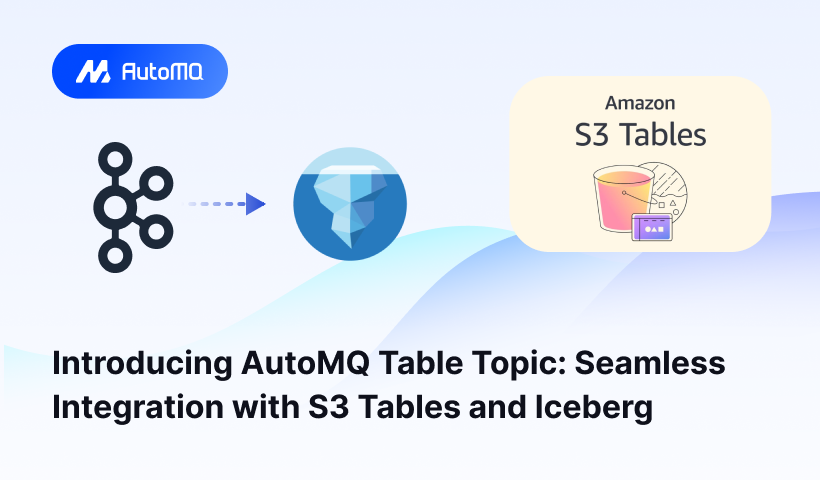
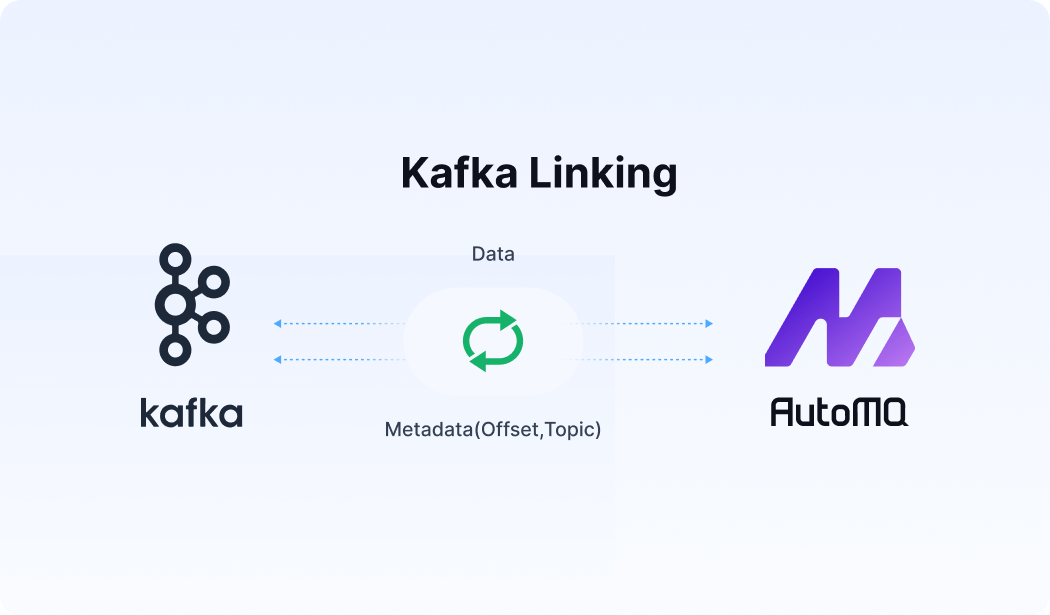




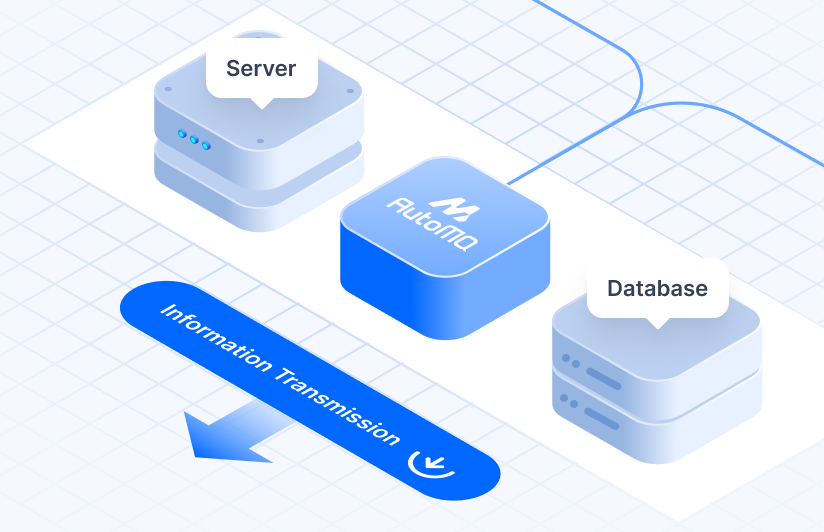
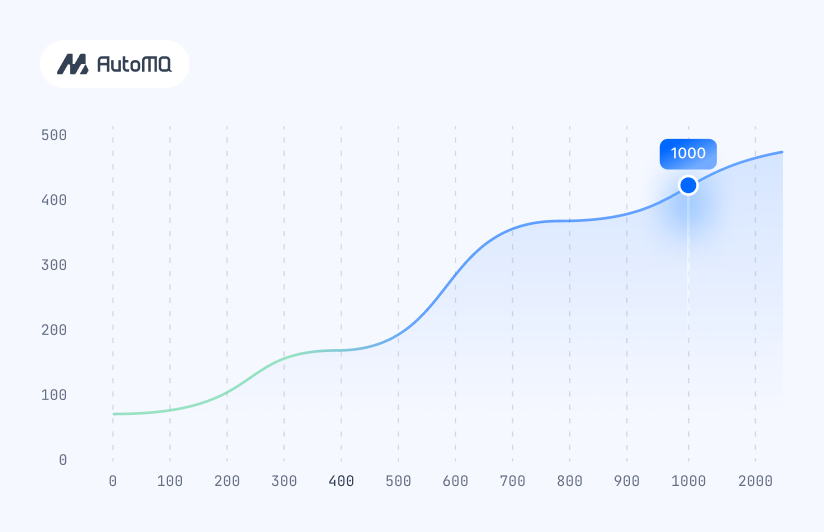


.png)
